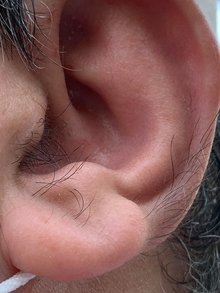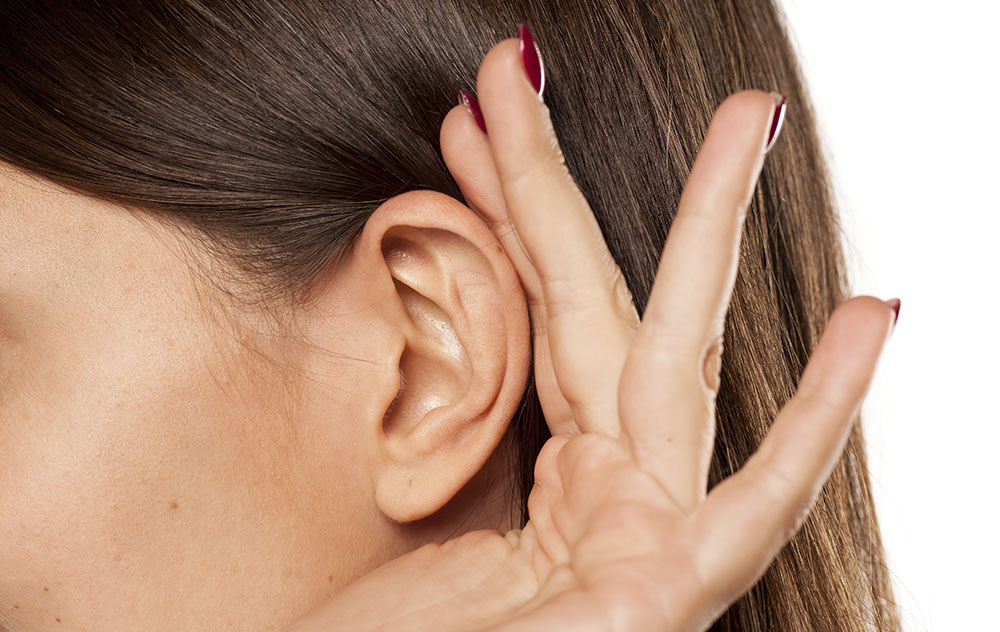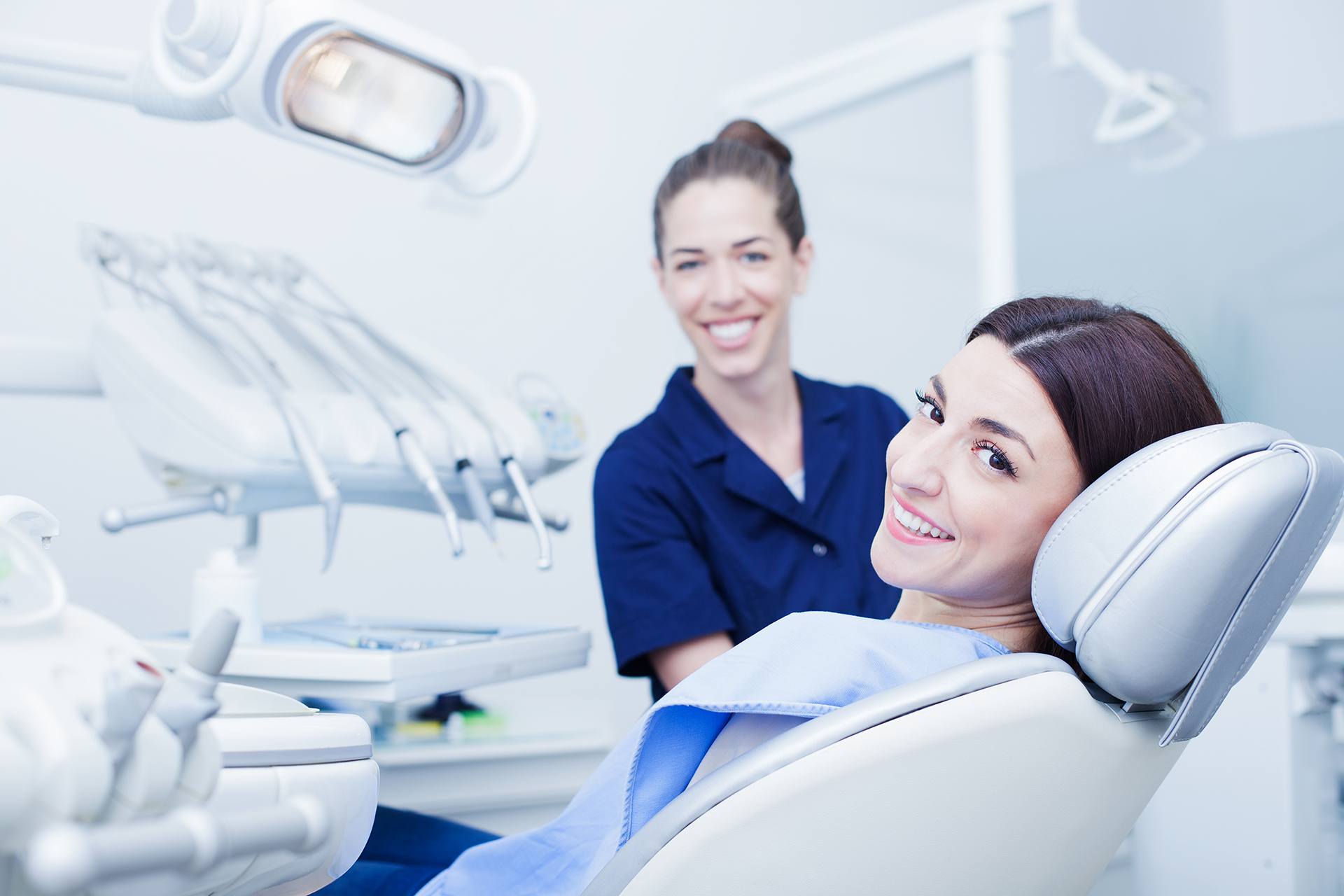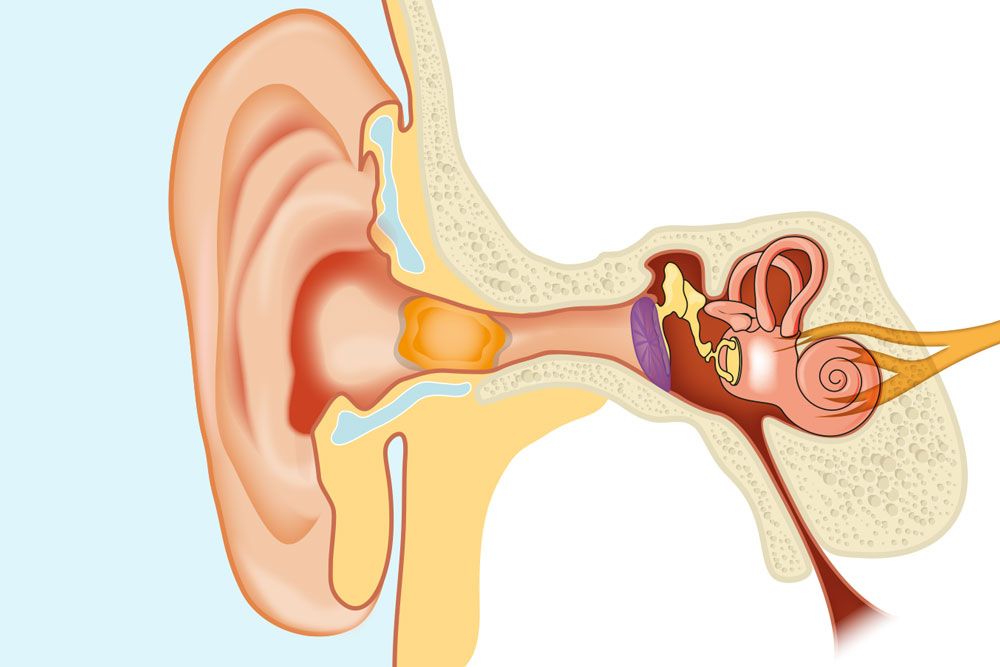Are you tired of the embarrassment and discomfort caused by hairy ears? Don’t worry! You’re not alone, and there are effective solutions to this common issue. In this blog post, we’ll discuss the causes and symptoms of hairy ears, the impact of ear hair on your health, and the best methods for safe and effective ear hair removal. Say goodbye to those pesky hairs and hello to a newfound confidence!
Key Takeaways
- This article provides an understanding of the causes, symptoms and impact of ear hair on health.
- It outlines safe and effective methods for removing ear hair at home as well as debunking common myths about it.
- Electric trimmers, grooming clippers or professional laser treatment are recommended instead of plucking, waxing or creams to avoid potential risks associated with them.
Understanding Hairy Ears

Hairy ears are more common than you might think, especially among men as they age. But what causes this excessive hair growth, and are there any symptoms to watch out for? Once you grasp the reasons behind hairy ears, deciding on the best method to eliminate ear hair safely and efficiently becomes easier.
Read on to learn about the causes and symptoms of this pesky problem.
Causes of Hairy Ears
Hairy ears can be attributed to various factors, such as:
- Genetics, which can predispose some individuals to develop more hair in and on the ears
- Hormonal changes, particularly an increase in testosterone, which can lead to hair growth on the ears and make them more sensitive
- Aging, which can cause changes in hormone levels and contribute to increased hair growth on the ears
As men age, they often experience an increase in hair growth in various areas of the body, including the ears. Knowing these factors equips you with the knowledge to select the most successful strategy for eliminating ear hair and managing hair growing in unwanted areas.
Symptoms of Hairy Ears
The symptoms of hairy ears include visible hair growth in the ear canal and long strands of hair on the outer ear. Although hairy ears are more common among men, women can also experience this issue.
If you notice excessive hair growth in your ears, including vellus hair or even the longest ear hair, it might be time to explore safe and effective hair removal methods.
The Impact of Ear Hair on Health

While some may consider ear hair a mere cosmetic issue, it can also lead to health problems if not properly managed. Excessive ear hair can increase the likelihood of infections, ingrown hairs, and even hearing issues.
This section covers the potential health risks linked to ear hair and highlights the significance of suitable ear hair care.
Infections and Ingrown Hairs
Improper ear hair removal methods, such as plucking or waxing, can lead to infections and ingrown hairs. When you pluck or wax ear hair, you risk causing microscopic damage to the delicate skin of the ear canal, which can lead to infections and ingrown hairs.
Employing safe and effective ear hair removal techniques is key to preventing complications and ensuring you remove ear hair safely.
Hearing Issues
Excessive ear hair can also cause hearing issues. An overabundance of hair in the ear canal can block the passage and trap debris, impairing your ability to hear clearly.
While ear hair presence doesn’t directly relate to auditory problems, maintaining clean and well-kept ears is important in averting potential issues.
Safe and Effective Ear Hair Removal Methods

Now that we’ve discussed the causes, symptoms, and health risks associated with ear hair, it’s time to explore the best methods for safe and effective ear hair removal. There are several options to choose from, including electric ear trimmers, rounded-tip grooming clippers, and professional laser hair removal.
We’ll examine these methods along with their advantages.
Electric Ear Trimmers
Electric ear trimmers are a quick and safe option for removing ear hair without causing damage or infections. They are specifically designed for the delicate task of trimming ear hair and are easy to use. When using an electric ear trimmer, make sure to start on a low setting and avoid inserting the trimmer too deeply into the ear canal to prevent injury.
Regular upkeep of your electric ear trimmer is vital for ear cleanliness and preventing infections. Clean the trimmer after each use to prevent the spread of bacteria. Additionally, replace the trimmer blades periodically to ensure a clean and safe trim.
Rounded-Tip Grooming Clippers
Rounded-tip grooming clippers offer a slower but more precise approach to cutting ear hair, especially for those with only a few hairs to remove. These clippers have rounded tips for added safety, making them suitable for trimming facial hair, ear hair, and even using a nose trimmer for nose hair.
When using rounded-tip grooming clippers, be gentle and cautious to avoid injuring the delicate skin of the ear.
Professional Laser Hair Removal
For those seeking a permanent solution to ear hair removal, professional laser hair removal may be the answer. Laser hair removal treatments target the hair follicles, preventing future growth. However, this method can be expensive and typically requires multiple treatments to achieve optimal results.
It’s vital to seek out a qualified professional before undergoing laser hair removal. Research and locate a provider who is experienced and certified in laser hair removal to ensure a safe and effective treatment. Keep in mind that it’s crucial to follow post-treatment care instructions to avoid complications and achieve the best results.
 How to Properly Remove Ear Hair at Home
How to Properly Remove Ear Hair at Home
If you prefer to remove ear hair at home, there are some essential steps to follow for a safe and effective process. This section provides guidance on preparing your tools and workspace, trimming outer and inner ear hair. With the right technique, you can achieve salon-like results in the comfort of your own home.
Preparing Your Tools and Workspace
Before you begin the ear hair removal process, ensure your tools are clean and your workspace is well-lit. Here are the steps to follow:
- Sanitize your electric ear trimmer or grooming clippers.
- Have a clean towel and a bowl of warm water nearby.
- Keep in mind, maintaining cleanliness is vital in preventing bacterial spread and infections.
Trimming Outer Ear Hair
To trim the outer ear hair, follow these steps:
- Use electric trimmers or grooming clippers.
- Focus on the edges and where the ear meets the head.
- Be gentle and cautious while trimming to avoid cutting too close to the skin or entering the ear canal.
- Make sure to clean your ears before trimming to remove any wax or debris.
Trimming Inner Ear Hair
Carefully trim the inner ear hair with an electric trimmer. Start by cleaning your ears to remove any wax or debris. When trimming inner ear hair, avoid inserting the trimmer or grooming scissors too far into the ear canal to prevent damage.
Always exercise caution and precision when working in the delicate area of the inner ear.
Ear Hair Maintenance and Hygiene

Regular ear hair maintenance and proper hygiene are essential for preventing infections and ensuring the cleanliness of your ears. By trimming your ear hair regularly and cleaning your ears safely, you can keep your ears healthy and free from problems.
This section will cover the suggested trimming frequency and safe ear cleaning practices.
Trimming Frequency
The frequency of ear hair trimming depends on individual hair growth, but it’s generally recommended to trim every few weeks. Assess your own hair growth and adjust the frequency of trimming accordingly.
Regular trimming will help prevent excessive hair growth and maintain ear hygiene.
Cleaning Your Ears Safely
To clean your ears safely, avoid using q-tips, which can push wax deeper into the ear canal and cause damage. Instead, opt for electric ear cleaners, which gently remove wax and debris without causing harm.
Follow the manufacturer’s instructions for using the electric ear cleaner and clean your ears regularly to maintain good ear hygiene.
Myths and Misconceptions About Ear Hair
 There are several myths and misconceptions surrounding ear hair removal, which can lead to unnecessary complications and even injuries. This section will dispel some prevalent misconceptions, such as plucking, waxing, and using hair removal creams.
There are several myths and misconceptions surrounding ear hair removal, which can lead to unnecessary complications and even injuries. This section will dispel some prevalent misconceptions, such as plucking, waxing, and using hair removal creams.
Comprehending the risks linked with these methods enables you to make more informed decisions regarding your ear hair removal process.
Plucking Ear Hair
One common misconception about ear hair removal is that plucking is a safe and effective method. In reality, plucking ear hair can cause microscopic damage to the ear canal, leading to infections and ingrown hairs.
Instead of plucking, opt for safer methods such as electric ear trimmers or rounded-tip grooming clippers.
Waxing Ear Hair

Waxing ear hair is another dangerous method that can cause infections, eardrum damage, and ingrown hairs. The hot wax and forceful removal can tear the delicate skin inside the ear canal, leading to complications.
To protect your ears, avoid waxing and choose safer alternatives such as electric ear trimmers or grooming clippers.
Hair Removal Creams
Hair removal creams may seem like a quick and easy solution for ear hair removal, but they are not recommended for use in the ears. These creams can damage the skin and cause hearing problems.
Instead of using hair removal creams, including hair removal cream, stick to proven and safe methods like electric ear trimmers or grooming clippers.
Summary
In conclusion, managing ear hair is a crucial aspect of maintaining your overall ear health and hygiene. By understanding the causes, symptoms, and health risks associated with ear hair, you can choose the most effective and safe methods for ear hair removal. Whether you opt for electric ear trimmers, rounded-tip grooming clippers, or professional laser hair removal, always prioritize your safety and the wellbeing of your ears. Embrace a hair-free future with confidence and enjoy the benefits of proper ear care.
Frequently Asked Questions
Why are my ears getting so hairy?
Terminal ear hair is part of our body's natural protective barrier against germs, bacteria, and debris. It's normal for men and women to experience hair growth in their ears as they age due to changing hormone levels. Ear hair may also serve to keep bacteria away from our inner ear, such as the eardrum. Therefore, having some hair in and on your ears is natural and beneficial.
Should you pluck ear hair?
It is not recommended to pluck ear hair as it can cause infection, ingrown hairs, and a lot of pain.
What is a disorder in humans that causes hairy ears?
Hypertrichosis, sometimes referred to as Werewolf Syndrome, is a disorder in humans that causes excessive hair growth on the ears (auricular hypertrichosis) specifically on the pinnae. This disorder can either be present at birth or acquired later in life.
Is it normal to have hair on your earlobe?
It is normal to have hair on your earlobe and other parts of the ear, as this is typical for human physiology. Hormones such as testosterone can affect hair follicles and result in more or less hair growth. However, it is generally considered normal to have hair on the ear.
How often should I trim my ear hair?
For optimum results, it's recommended to trim your ear hair every few weeks to maintain neatness.


